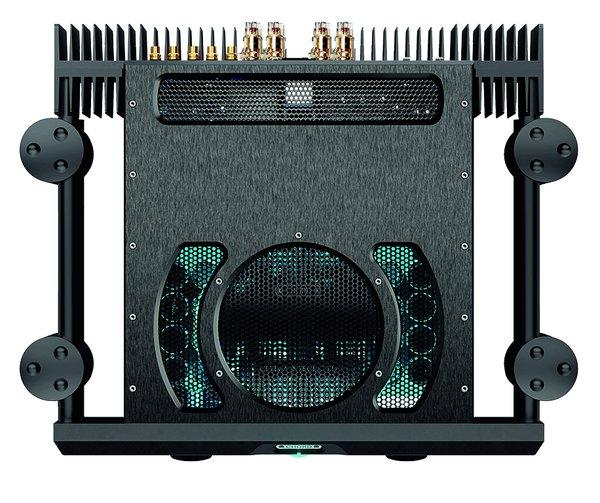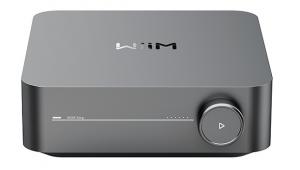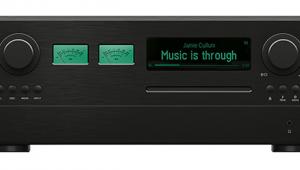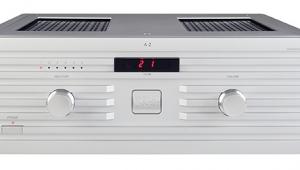Chord Ultima Integrated Dive Into The Cool Blue

Dive Into The Cool Blue
This is not a Class D or G design but the Ultimate Integrated still achieves a higher efficiency than most Class A/B amplifiers at ~70%, not only elevating Chord's 'green' and 'cost-of-ownership' credentials but also ensuring its casework remains relatively cool even when working hard. Of course, given the illuminated industrial design on offer here, few owners will be hiding their prized new integrated in a cupboard, and leaving it out on show also ensures it'll always have adequate ventilation even if little is needed. Efficiency is, in part, achieved by Chord's use of switchmode power supplies - a feature of its amplifiers going right back to the original SPM 900 - eliminating the bulky mains transformer and big reservoir capacitors used in linear supplies.
Chord's switchmode PSUs create a high voltage DC supply by rectifying directly off the AC mains, this then feeding a 140kHz oscillator with filtering and regulation to a final 24V in the Ultima Integrated. Four of these switchmodes are stacked in series to create the ±48V supply used by the output stage, the latter employing Chord's favoured lateral metal-on-silicon MOSFET power transistors. Incidentally, GaN FETs will be rolled out in Chord's new Suzi amplifier.
In parallel with the global feedback operating around the Ultima Integrated, Chord also applies a version of the dual (super) feed-forward error correction originally postulated by Harold Black in the late 1920s and realised/popularised by Sansui in the 1980s/90s. Here two error amplifiers (negative- and positive-going) manage the difference between the input and output of the FETs, delivering a further ~10dB of compensation. PM

















































